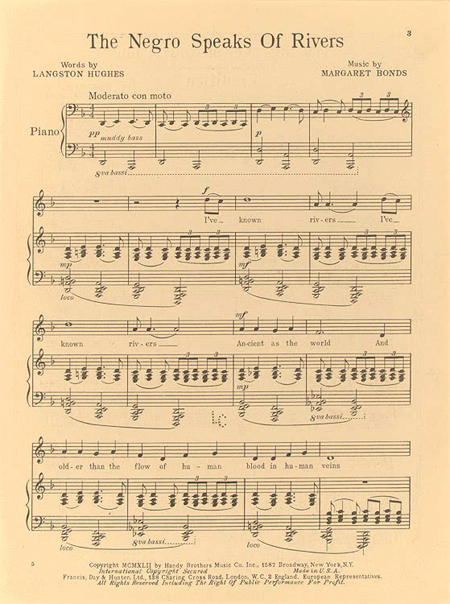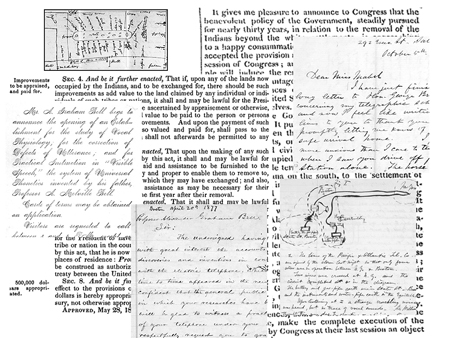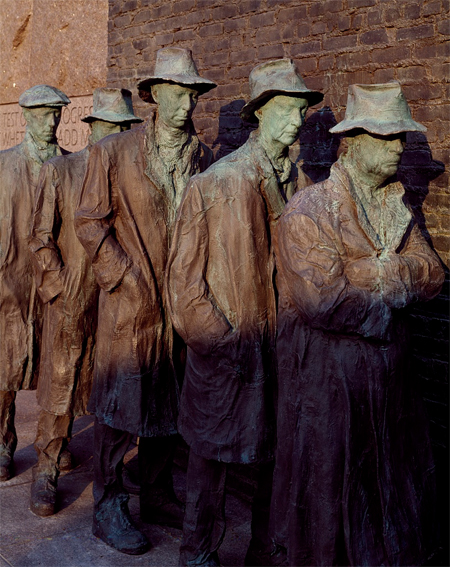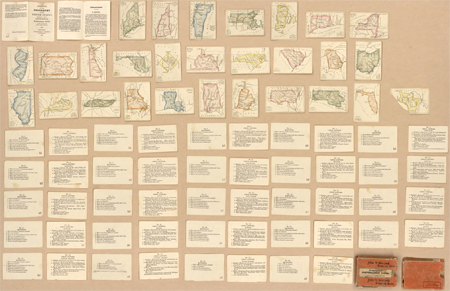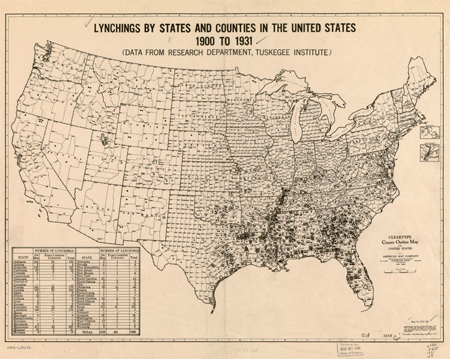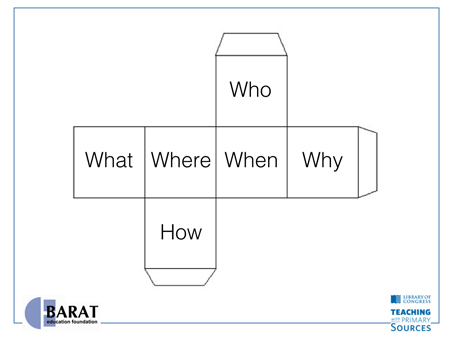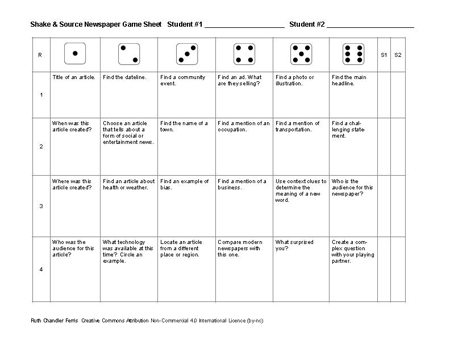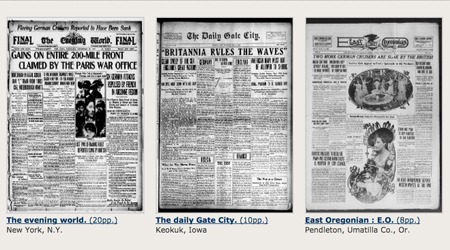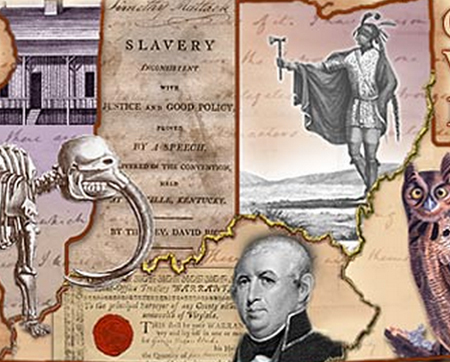Analyzing Primary Sources: Elementary Image & Text Analysis Sheets
Primary sources engage all students—elementary, middle and high school. Below are some worksheets to help elementary students, in particular, to analyze primary source images and texts. These worksheets were created in collaboration with master teacher Kimberly Heckart, who teaches third grade at Prairie Ridge Elementary in Cedar Rapids, Iowa and Elementary Social Studies Methods at the University…



